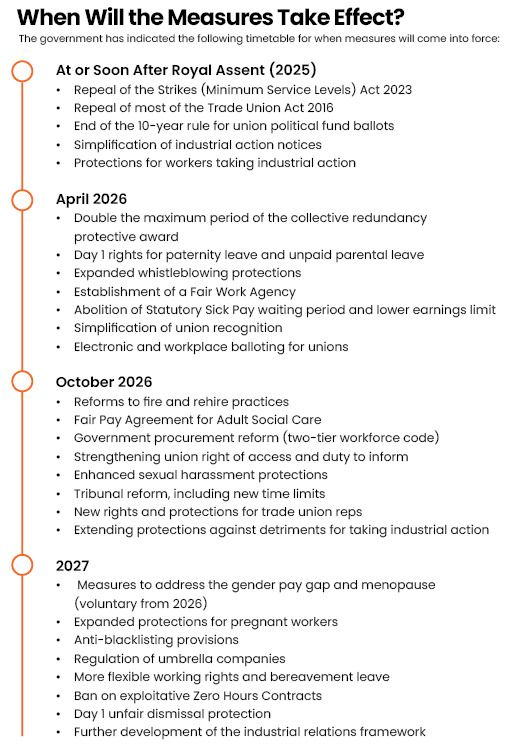Where Next? Access Issues Momentum
- msmithorganiser
- Feb 23, 2021
- 2 min read

One of the symptoms of managed decline in unions is the apparent difficulty in choosing between competing organising opportunities and say “not yet” to organising projects that don’t yet hold out much hope of success.
Unions under pressure often veer between resigned complacency and panic – and this often results in a policy to say “yes” to every plan that comes forward in the hope that something someday might work. In a period of tight resources we can end up with many more organising targets than we have workplace organisers.
Strategic organising is about adopting a rational model to pick our fights on the basis of their likelihood to build the unions membership growth, structures and impact. A simple but powerful tool to achieve this the “Access, Issues, Momentum” (AIM) approach to assess possible organising targets against each other. Put simply this amounts to three fundamental questions: How are we going to talk to workers? What are we going to talk with them about? What can we do next? And then pursue the projects that score the best across all three.
Right now and for many years past a major obstacle to workplace organising has been trade unions getting access to workers and workers getting access to trade unions to help each other organise. Without some form of access to each other, developing campaigns around workplace or community issues presents practical challenges for workplace organisers to overcome. As well as seeking out creative solutions in each workplace, unions must continue the political campaign started in 2014 to make sure that the UN right of Freedom of Association no longer ends at the workplace door.
Picking the issue is also key. As is well known the most productive workplace organising issues are the ones identified by the group of workers themselves. Whatever they are must be widely and deeply felt enough by workers that they want to act to tackle them collectively, require effective union representative structures and offer a realistic prospect of being improved by union organising and bargaining work. Workplace organisers know that whatever issue they choose to campaign on is how they will be, and should be, judged by workers who get involved.
Applying the “AIM” formula to pick targets can also help unions break away from the union “sales” culture recently resurfacing in current debates around digital organising. Seeking to build unions via a retail approach – one worker at a time – is not as effective in building lasting power as building wholesale through collective strategy in workplaces, employers and sectors.
Ambulance chasing campaigns pursuing legal judgements after the event are often built on the misplaced theory that workers will join the union out of gratitude for past success rather than hope for the future. Equally the culture of selling the union as a personal service in return for a fee has more often than not simply produced an unsustainable demand on union resources and, perversely, made the union as a whole weaker rather than stronger.
Unions need organising strategies that are based on evidence of what works and learns from past mistakes. Lets take AIM and pick our targets wisely



Comments